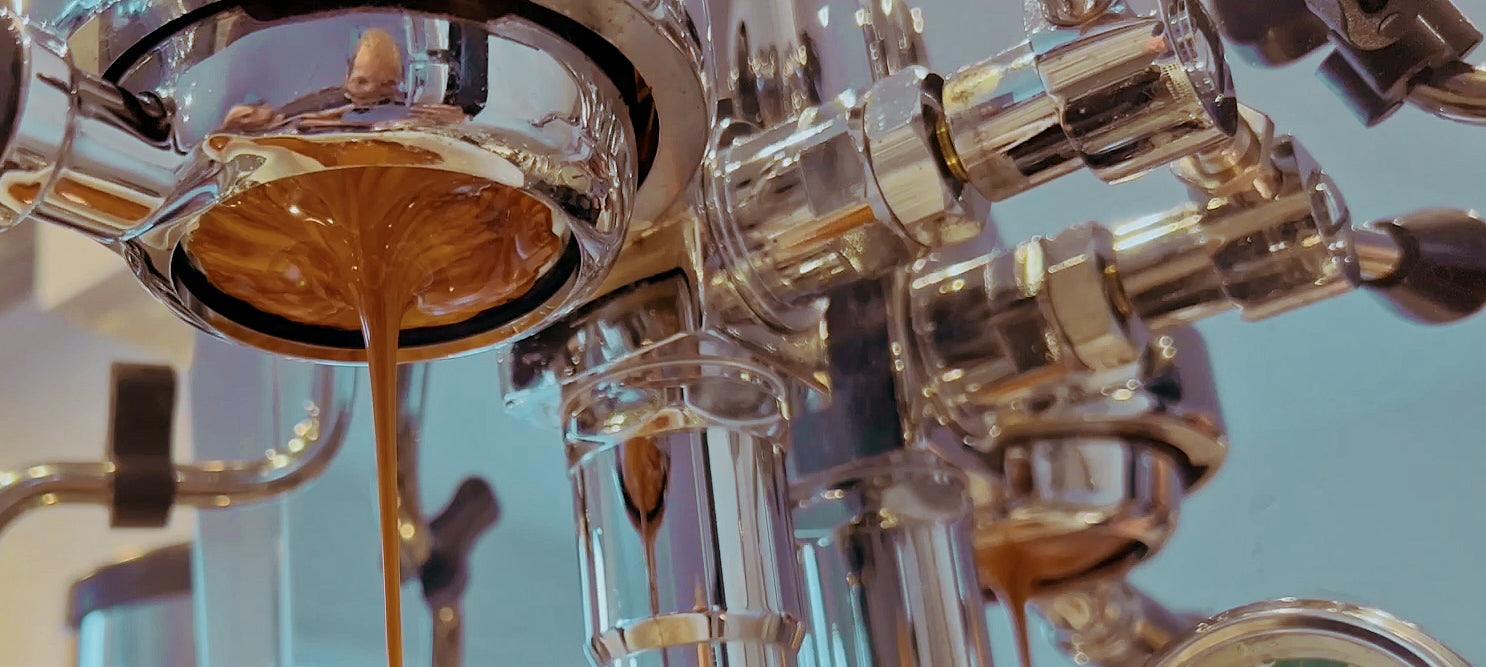Espresso, with its rich flavor and enticing aroma, stands as a cornerstone of coffee culture worldwide. Crafting the perfect shot of espresso is an art form cherished by baristas and coffee aficionados alike. Amidst the various factors influencing espresso quality, one often overlooked yet crucial element is the freshness of the coffee beans. In this blog post, we delve into the importance of using freshly roasted coffee for brewing exceptional espresso, exploring its impact on extraction quality, crema density, acidity, and more.
-
Maximizing Flavor through Freshness: Freshness is the heartbeat of great espresso. Coffee beans are at their peak flavor profile shortly after roasting, when they emit a symphony of aromatic compounds waiting to be unlocked. As coffee ages, these flavors diminish, resulting in a duller, less vibrant brew. By using freshly roasted coffee, you ensure that every shot bursts with the full spectrum of flavors, from delicate floral notes to bold chocolate undertones.
-
Optimizing Extraction Quality: The essence of espresso lies in its extraction process. Freshly roasted coffee possesses optimal moisture content and volatile compounds crucial for achieving an even extraction. When coffee is too stale, it becomes brittle and loses its ability to evenly absorb water during extraction, leading to uneven extraction and a lackluster shot. By contrast, freshly roasted beans maintain their structural integrity, allowing for a more consistent extraction and unlocking the true potential of the coffee grounds.
-
The Quest for Denser Crema: Crema, the golden layer that crowns a well-pulled shot of espresso, is not merely a visual delight but also a reflection of extraction quality. Freshly roasted coffee, rich in oils and gases, yields a thicker and denser crema compared to its aged counterpart. These oils and gases, prevalent in freshly roasted beans, emulsify during extraction, creating a velvety layer that enhances both the texture and flavor of the espresso.
-
Balancing Acidity and Complexity: Acidity is a defining characteristic of espresso, contributing to its brightness and complexity. However, excessive acidity can overpower the nuanced flavors of the coffee, resulting in a sour or harsh taste. Freshly roasted coffee strikes the perfect balance, preserving acidity while allowing other flavor notes to shine. As coffee ages, acidity diminishes, leading to a flat and uninspiring espresso experience. By prioritizing freshness, you ensure that each shot maintains its acidity, enhancing its overall depth and character.
-
The Role of Roast Date Transparency: In the pursuit of exceptional espresso, transparency is paramount. Roast date serves as a crucial indicator of freshness, empowering consumers to make informed choices about their coffee purchases. By supporting roasters who prioritize transparency and freshness, you not only elevate your espresso experience but also contribute to a culture of quality and integrity within the coffee industry. This is how we label every coffee roast at LG's coffee. We handwrite the roast date & time on every bag!
In the realm of espresso, freshness reigns supreme. From maximizing flavor and extraction quality to enhancing crema density and acidity, the benefits of using freshly roasted coffee are undeniable. By embracing freshness as a cornerstone of your espresso journey, you unlock a world of rich and vibrant flavors, elevating each shot to its full potential. So, the next time you indulge in a cup of espresso, remember the transformative power of freshness and savor every moment of the brewing process.
